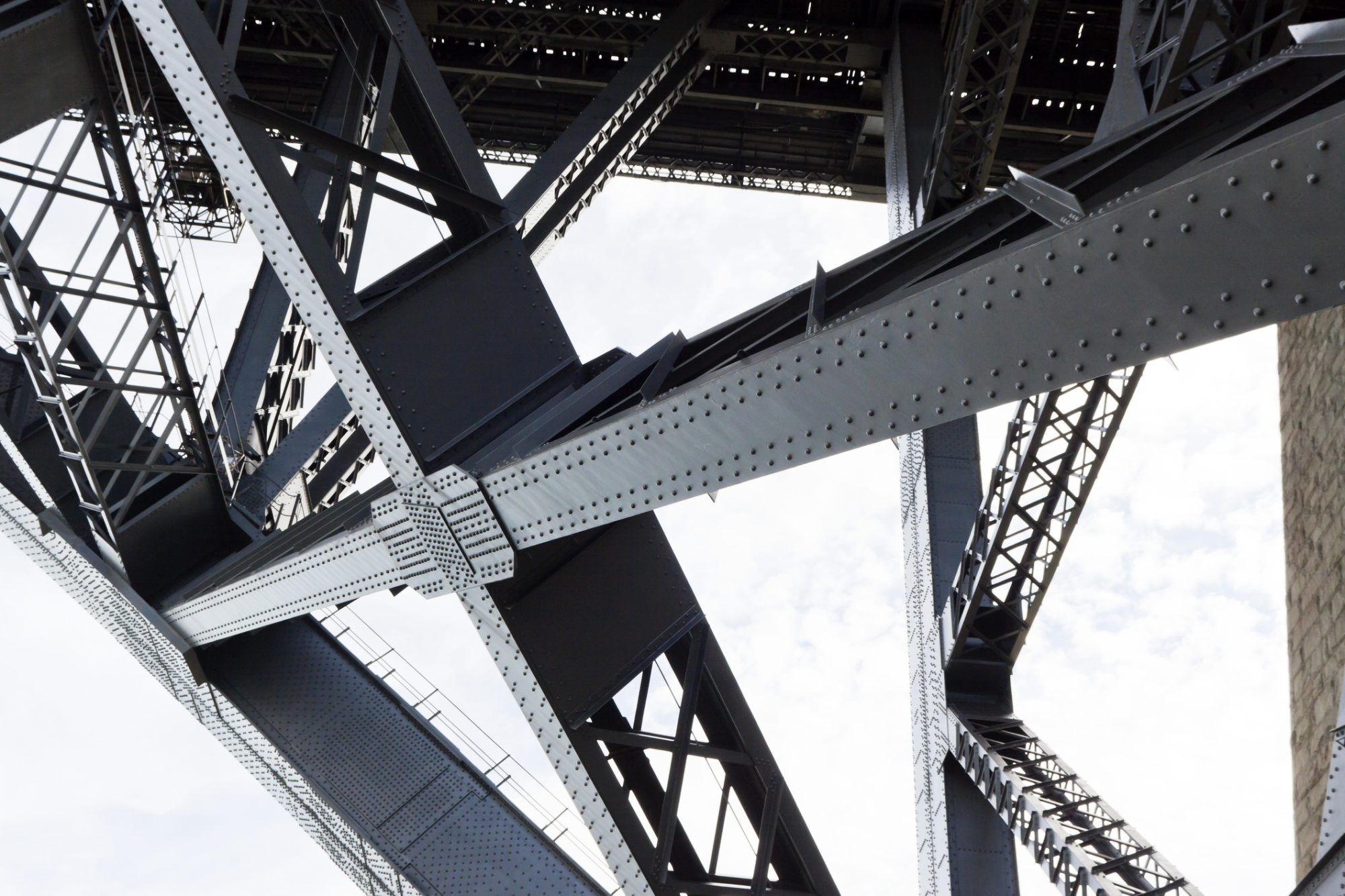As the UK government looks to the use of steel reuse in the construction industry, Graeme Milligan, national director at Pick Everard, and Mark Allan, principal risk engineer at HDI Global, explore the legislative changes required
Last September, it was reported that the UK government was open to encouraging the reuse of steel within construction as part of decarbonisation drives within the industry.
BEIS, responding to an MP report calling for more action around retrofit and reuse in construction earlier in the year, said: “Officials are working alongside the steel and scrap sectors to explore industry solutions [that] can achieve the quality and quantity of scrap, which will be needed by UK steel producers.”
Running concurrently to this was a call to arms around a Grade III listed building status, first put forward by structural engineer and head of climate action at IStructE, Will Arnold.
The status, which gathered further momentum earlier this year with the backing of Grand Design’s presenter, Kevin McCloud, followed a similar vein of thought of ‘reuse to reduce carbon’, and took aim at protecting all unlisted buildings in the UK, thought to be around 25 million.
Steel reuse has yet to become widely adopted in the construction industry
The central argument cited the 50,000 buildings in the UK knocked down each year to make way for new structures, despite being structurally sound and safe to reuse, with some modifications. Arnold stated: “…the restriction on demolition would at last enable us to make rapid inroads towards slashing construction’s huge carbon footprint.”
Placing responsibility on all in the construction fold, the practise of steel reuse has yet to become widely adopted within the industry.
Yet with an engineering contractor in March claiming to have effectively reused 96% of steelwork in a major office rebuild first, it remains a key ambition for industry professionals to consider how it may fully integrate into future building practices, for the betterment of the built environment and decarbonisation objectives.
Steel has become a fundamental building block of the construction industry
Flexible, durable, with tensile strength and value, it is of no surprise that steel has become a fundamental building block of the construction industry.
However, with all steel carrying a varying degree of carbon content, and contributing to 11% of global CO2 emissions, it is perhaps less surprising that its use, or re-use, has become a target of industry professionals and government bodies – tasked with analysing ways to contribute to our net zero future.
“It’s incredibly important that architects have the vision and foresight to reuse existing steel framed buildings,” said Graeme Milligan, national director at Pick Everard. “The process can meet client needs and aspirations, while structural engineers have the knowledge and tools to guide them through the development.
“Steel has become incredibly important to the built environment around us, but as leading professionals within this space, we must carefully consider its impact delivery not just from a cost perspective, but also from a sustainability point of view.
“Our role is to landscape effectively and be creative with our ideas, not just demolish a structure because it doesn’t quite suit current need, or isn’t what we have always done. We must ultimately analyse its benefit to the world around us and how our decisions may carry forth into the next generation.
“It’s taken almost two centuries for the industry to start looking properly at the carbon impact of steel in buildings, so it’s high time we come together now to draw up new measures that could make significant inroads to net zero.”
Risk is a huge factor in deciding material reusability
It’s why insurance firms are brought on board early on in planning processes – helping deliver technical opinion on potential inherent defects and risks that are likely to occur in a client’s design.
Mark Allan, principal risk engineer at HDI Global, said: “There is some extremely good work being done out there in the supply chain, from consultants to demolition contractors within the construction industry, but really it is methodology that sets apart steel reuse and its project viability.”
Mark cites traditional models of recycling, where redundant steel is extracted, sent off for recycling, shredded and then melted down to be reused, which can be a highly carbon intensive process.
He said: “When considering re-use [rather than recycling], it’s not dissimilar to the recirculation of auto or aero parts, where condition, previous use and history need to be considered as well as the robustness of the inspection, testing and certifying process.
“All of these factors are at play and can diminish or enhance the quality and usability of the steel and its intended application.”
Donor building and stockholder models are the two types of re-use models typically used
There are typically two re-use models in place at the moment. Use of a donor building that is dismantled and steel sections recovered for re-use in a specific project; or a stockholder model, where steel sections are reclaimed, and then taken by a stockholder for general onward sale.
Either option is a route that could tackle some of the core criticisms of the construction industry’s penchant for ‘knocking down’ rather than renovating.
“In both models, you recover the steel, it’s then assessed, cleaned up and put back into the supply chain,” added Mark. “In any case, it is dependent fully on the assessment and certification regime of the supplier and demolition reclaimer.
“The assessment and certification process is an area where we need to gain further confidence. The proposed location and use of the reclaimed sections should be considered critical, until such a time that the robustness of the assessment and certification process is established. There are guides and codes of practice available for steel re-use, however use and reference of these publications need to be increased.”
What is evident is that steel reuse in construction is an emerging and relatively new market, but is a step change in the drive for net zero, as well as being an important shift to the mindset of the construction industry in general.
“You have more chances reusing steel when it comes from your own site, or perhaps you’re a developer with previous positive outcomes when reusing steel,” added Graeme. “You then know where it’s come from and its case history – particularly once its overall competency has been checked and verified by your own structural engineer.
“At the same time, we know there are consultant engineers out there that are working hard to deliver a shared database of steel, so contractors and suppliers can pool together resources and effectively cut carbon and reuse material at the same time. It’s something that’s being implemented effectively for soil reuse for example, and could pay dividends for steel too.”
Constructing steel’s sustainable future
The key message of steel reuse is of collaboration from all quarters, helping drive forward goals to reduce embodied carbon – a sentiment echoed by Mark and Graeme.
“Traditionally, construction has focused on the demolition of redundant buildings, and in new build construction, steel re-reuse is an opportunity to improve the carbon footprint of the industry,” said Mark. “However, this is not without its risks, and is dependent on the supply chain to employ suitable risk management to manage these exposures.”
More legislation within the planning processes is needed to make a change
“But with societal shifts, there’s pressure from all quarters to make a change for the better.
“What we need is legislation within the planning process to make a real change with steel reuse. Our clients are becoming more and more sensitive to material reuse and matters like this, and there’s that pressure there too from tier one consultancies that can write reports and cite the evidence for material reusability, placing additional onus at their feet.”
“Our goal is to deliver better together,” said Graeme. “There are moves in the right direction, with excellent guidance produced by the IStructE and trade bodies advising structural engineers when verifying steel reuse.
“What is still lacking however is the widespread vision and drive within the industry together with legislation, which will help enact real change on our pathway to a sustainable future, with steel reuse clearly marked at the forefront of everyone’s minds.”
Graeme Milligan
National director
Pick Everard
Mark Allan
Principal risk engineer
HDI Global

















